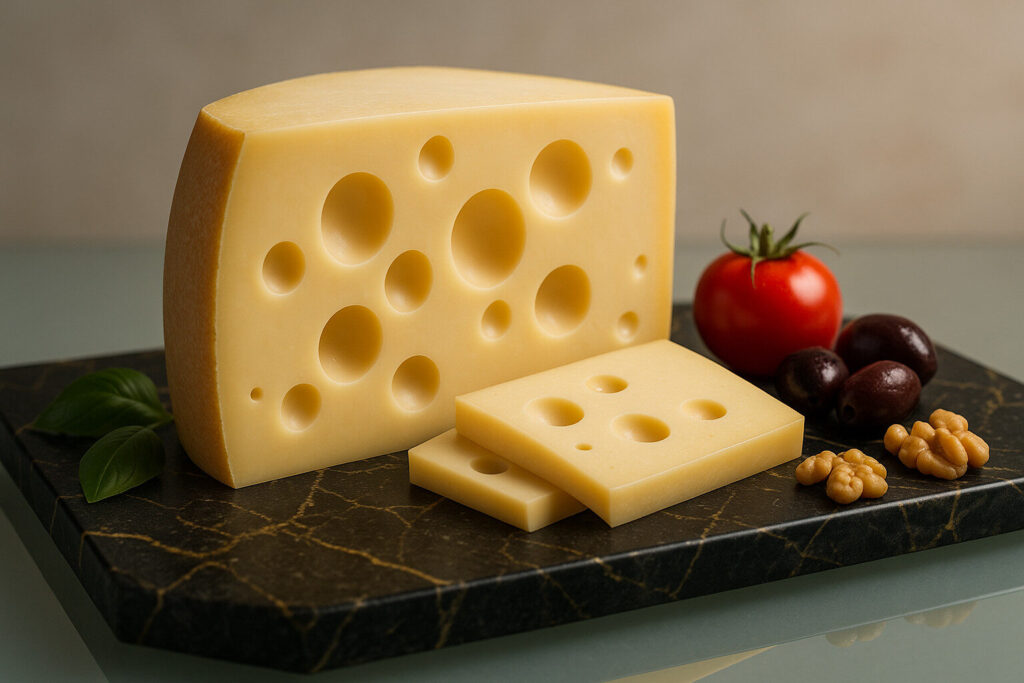Holey Cheese
What is Holey Cheese
Holey cheese refers to varieties of cheese that naturally develop holes or eyes during the aging process. These holes are created by gas bubbles released by bacteria as the cheese matures. The most famous example of holey cheese is Swiss cheese, known for its distinctive appearance and nutty flavor.
The formation of holes is a sign of proper fermentation and aging in certain cheese types. Cheesemakers carefully control temperature and humidity conditions to encourage the development of these characteristic holes while maintaining food safety standards and desired flavor profiles.
How Holes Form in Cheese
The holes in cheese form when specific bacteria, particularly Propionibacterium freudenreichii, consume lactic acid and produce carbon dioxide gas. As the cheese ages and firms up, the gas becomes trapped within the cheese matrix, creating bubbles that appear as holes when the cheese is sliced.
The size and distribution of holes depend on several factors including the specific bacterial strains used, aging temperature, cheese moisture content, and the density of the cheese curd. Traditional cheese-making techniques have been refined over centuries to achieve consistent hole formation in various cheese varieties.
Popular Types of Holey Cheese
Swiss cheese, particularly Emmentaler, is the most recognized holey cheese with its large, distinctive holes. Other notable varieties include Gruyère, which features smaller, more scattered holes, and Appenzeller, known for its irregular hole pattern. Each type offers unique flavor characteristics ranging from mild and buttery to sharp and complex.
Regional variations of holey cheese exist worldwide, with many countries developing their own versions using local milk sources and traditional methods. These cheeses often reflect the terroir of their production regions, with differences in hole size, distribution, and flavor profiles that distinguish them from their European counterparts.
Culinary Uses of Holey Cheese
Holey cheeses are versatile in cooking, melting smoothly while maintaining their structural integrity. They are commonly used in sandwiches, particularly the classic Reuben, and as a topping for burgers and hot sandwiches. Their excellent melting properties make them ideal for fondue, grilled cheese sandwiches, and cheese sauces.
Beyond melting applications, holey cheeses add flavor and texture to cheese boards, salads, and baked dishes. Their ability to hold shape while heated makes them suitable for stuffing meats and vegetables, while their distinctive appearance adds visual appeal to various culinary presentations.
Nutritional Value and Storage
Holey cheeses provide significant nutritional benefits, being rich in protein, calcium, and essential vitamins. They contain beneficial bacteria that can support gut health and are a good source of conjugated linoleic acid, which has been associated with various health benefits. However, they also contain saturated fat and sodium, so moderation is recommended.
Proper storage is crucial for maintaining the quality of holey cheese. It should be wrapped in wax paper or cheese paper and stored in the refrigerator’s vegetable drawer. For longer storage, holey cheese can be vacuum-sealed and frozen, though this may slightly alter its texture upon thawing.

